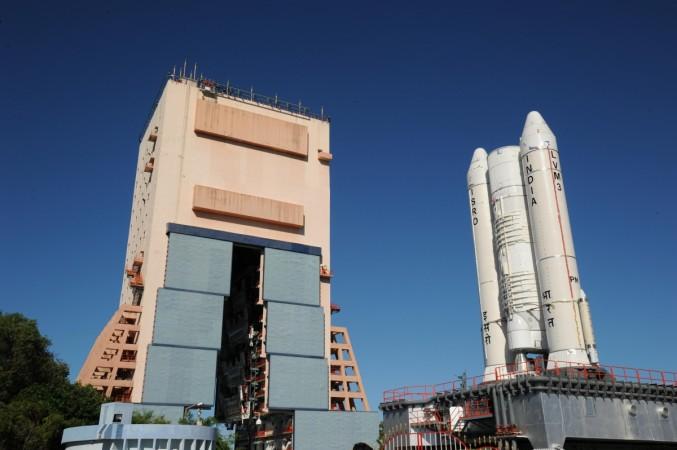
As we reported earlier that ISRO has further delayed India's second moon mission Chandrayaan-2. Originally it was scheduled to be launched in April this year and that date was pushed back to October. Now, it appears that the agency is looking at a 2019 launch. The Chandrayaan-2 mission is now slated to take place between January and March next year.
The chairman of ISRO, K Sivan, has stated that they are looking to launch Chandrayaan-2 on January 3, 2019. However, it might get delayed until March, if they miss this target.
While speaking about the latest delay, Sivan said that it happened because they had to make some changes in the design so that the spacecraft can land smoothly on the surface of the moon.
The space agency has also increased the weight of Chandrayaan-2 by 600kg and that's because during the tests they observed that following the ejection of the moon lander, the satellite would shake. So, the Indian space agency decided to modify its design increasing the mass of it, so the landing goes off efficiently.
According to Sivan, they also concluded that the orbiter needs more phases, which in turn needs more fuel.

While talking about ISRO's other future missions, Sivan added that ISRO has a plan of launching 50 satellites throughout the next three years. They are planning to launch 22 satellites next year, which, if successful, would be the maximum number of satellites launched in any year by ISRO.
It seems that the rest of this year is also going to be quite busy for ISRO, as the space agency is planning to launch at least two missions each month, Sivan added.
The immediate next mission PSLV C42, which will launch two commercial UK satellites, namely NOVASAT and S1-4, is scheduled to take place in September this year.
After that In October, ISRO is slated to launch GSAT29 for the Digital India programme and hyper spectrum imaging satellites as well as 30 commercial satellites.
Following that, GSAT-7A is scheduled to be launched in November and in December, GSLV-F11 would be launching AMISAT and GSAT-31, informed the chairman of ISRO.









